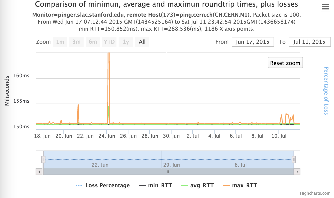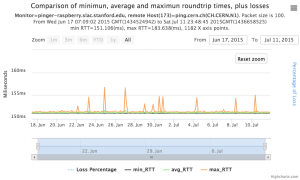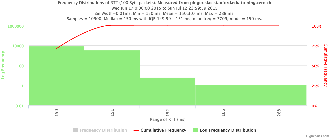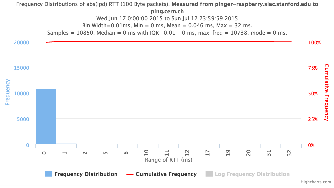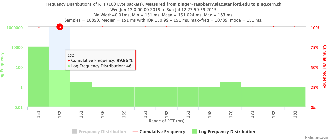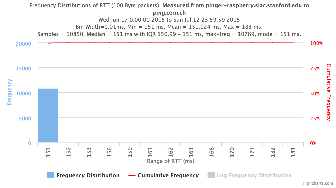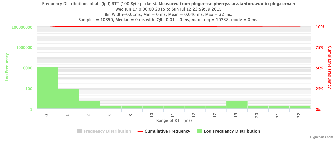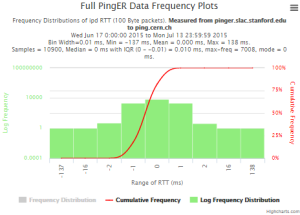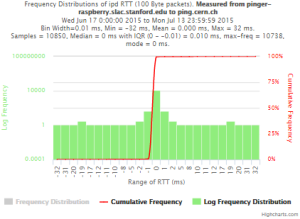Table of Contents
| Table of Contents |
|---|
Introduction
This is a project suggested by Bebo White to build a PingER monitoring host based on an inexpensive piece of hardware called a Raspberry Pi (see more about Raspberry Pi) using a linux distribution as OS the Operating System (see more about Raspbian). If successful one could consider using these in production reducing the costs, power drain (they draw about 2W of 5V DC power compared to typically over 100W for a deskside computer or 20W for a laptop) and space (credit card size) assisting monitoring sites to be able to procure and support such monitoring hosts. This is the same type of power required for a smartphone so off the shelf products including a battery and solar cells are becoming readily available. This Thus the Raspberry could be very valuable for sites in developing countries where cost, power utilization and to a lesser extent space may be crucial.
PingER
PingER (Ping End-to-end Reporting) is the name given to the Internet End-to-end Performance Measurement (IEPM) project to monitor end-to-end performance of Internet links. It is led by SLAC and development includes NUST/SEECS (formerly NIIT), FNAL, and ICTP/Trieste, together with UM,UNIMAS and UTM in Malaysia. Originally, in 1995 it was for the High Energy Physics community, however, this century it has been more focused on measuring the Digital Divide from an Internet Performance viewpoint. The project now involves measurements to over 700 sites in over 160 countries, and we are actively seeking new sites to monitor and monitoring sites for this project, as well as people interested in our data. It uses the ubiquitous ping facility so no special software has to be installed on the targets.
...
| To ping.cern.ch from pinger | To ping.cern.ch from pinger-raspberry | |
|---|---|---|
| Time series | ||
| Frequency Distribution RTT |
| |
Frequency Distribution Abs(IPD) | ||
| Frequency Distribution IPD |
SummaryResults
The table below shows the various aggregate metrics measured from MA to target comparing pinger.slac.stanford with pinger-raspberry.slac.stanford.edu. The columns are arranged in pairs. The first of each pair is for pingerr.slac.stanford.edu, the second for pinger-raspberry.slac.stanford.edu. Each pair is measured over the same time period. Different pairs are measured over different time periods.
...
Source: http://www.real-statistics.com/non-parametric-tests/two-sample-kolmogorov-smirnov-test/
Futures
Extension to Android systems
Installation process
The installation procedures for a PingER MA are relatively simple, but do require a Unix knowledgeable person to do the install and it typically takes a couple hours and may require a few corrections pointed out by the central PingER admin. It is possible to pre-configure the Raspberry Pi at the central site and ship it pre-configured to the MA site. However that requires funding the central site Raspberry Pi acquisitions, may raise issues of on-going commitment, and may not be acceptable for the Cyber security folks at the MA site. We are looking at simplifying the install process, possibly by creating an ISO Image
